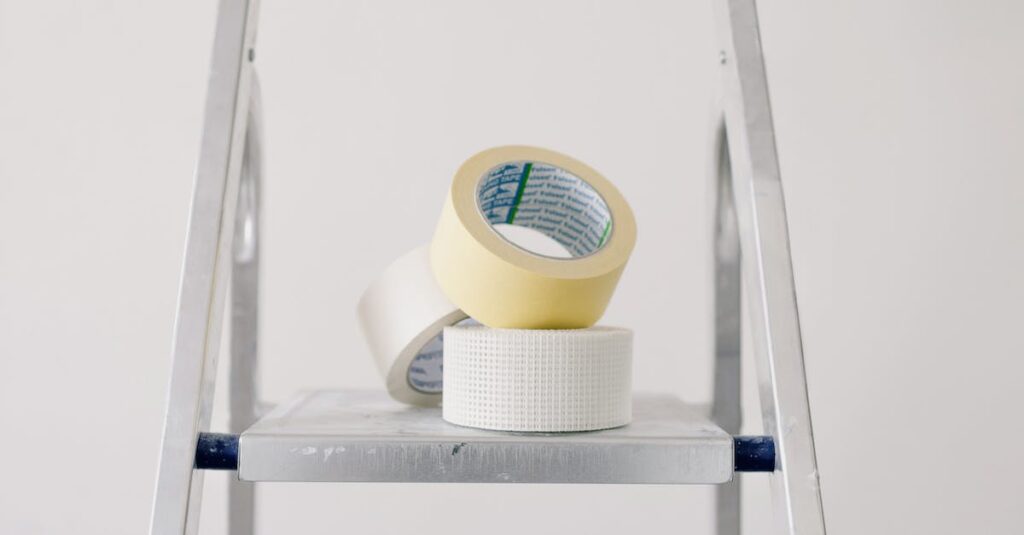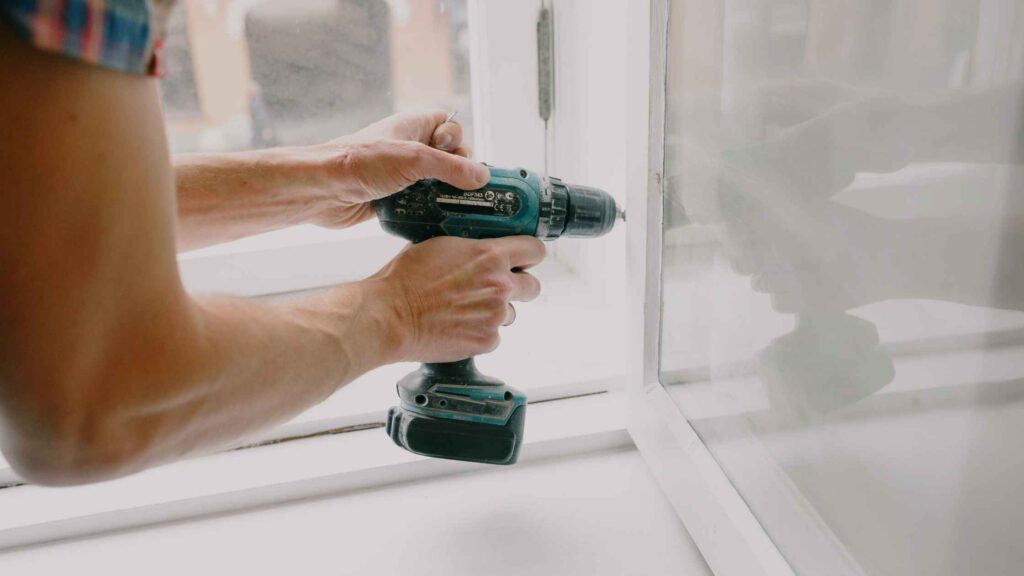Why Do You Need a Rental Property Maintenance Schedule?
Maintaining a rental property can be quite challenging, especially if you own multiple units. Without a proper maintenance schedule in place, it’s easy for tasks to slip through the cracks, leading to costly repairs or tenant dissatisfaction. By creating a rental property maintenance schedule, you can stay organized, keep track of routine tasks, and ensure that your properties are well-maintained at all times.
Assessing Your Maintenance Needs
Before diving into creating a maintenance schedule, it’s essential to assess your property’s maintenance needs. Identifying the specific areas that require regular attention will help you determine the frequency and intensity of maintenance tasks. Walk through each unit and property, taking note of any issues or potential problems. This assessment will serve as the foundation for your maintenance schedule.
Prioritizing Maintenance Tasks
Once you have assessed your maintenance needs, it’s time to prioritize your tasks. Not all maintenance tasks are created equal, and some may require immediate attention while others can be deferred. Consider the impact each task has on the safety and comfort of your tenants, and prioritize accordingly. Essential maintenance tasks, such as fixing plumbing issues or addressing safety hazards, should take precedence over cosmetic repairs.
Creating a Routine Maintenance Schedule
Now that you have a clear understanding of your maintenance needs and priorities, it’s time to create a routine maintenance schedule. This schedule will outline recurring tasks that need to be completed on a regular basis. Start by breaking down your maintenance tasks into daily, weekly, monthly, quarterly, and annual categories.
Daily Maintenance Tasks
Daily maintenance tasks are those that require attention on a day-to-day basis to ensure the smooth operation of your rental property. These tasks may include common area cleaning, garbage collection, and servicing common utilities or appliances.
Weekly Maintenance Tasks
Weekly maintenance tasks are slightly more involved and may include inspecting and cleaning common areas, lawn care, changing air filters, and checking for any signs of pest infestations.
Monthly Maintenance Tasks
Monthly maintenance tasks typically involve checking and testing safety equipment, such as smoke detectors and fire extinguishers. Inspecting plumbing systems, HVAC filters, and addressing any minor repairs or cosmetic issues should also be included in the monthly tasks.
Quarterly and Annual Maintenance Tasks
Quarterly and annual maintenance tasks are more comprehensive and may require professional services. Examples include HVAC system inspections, gutter cleaning, roof inspections, and appliance maintenance. These tasks ensure that your property is in excellent condition in the long run and can help prevent major repairs or replacements.
Adapting Your Schedule as Needed
A rental property maintenance schedule should not be set in stone. As you gain experience and encounter new challenges, you may need to make adjustments and adapt your schedule. Stay responsive to tenant feedback and promptly address any maintenance issues that arise between scheduled tasks. It’s important to be proactive in your approach to maintenance to maintain a positive tenant experience and protect the value of your investment.
Summary
Creating a rental property maintenance schedule is a smart and proactive approach to managing your rental units. By assessing your maintenance needs, prioritizing tasks, and creating a routine schedule, you can ensure that your properties are well-maintained and minimize the risk of unexpected repairs. Remember to adapt your schedule as needed to address new challenges and keep your tenants satisfied. With a well-planned maintenance schedule in place, you can save time, money, and maintain a positive relationship with your tenants.







